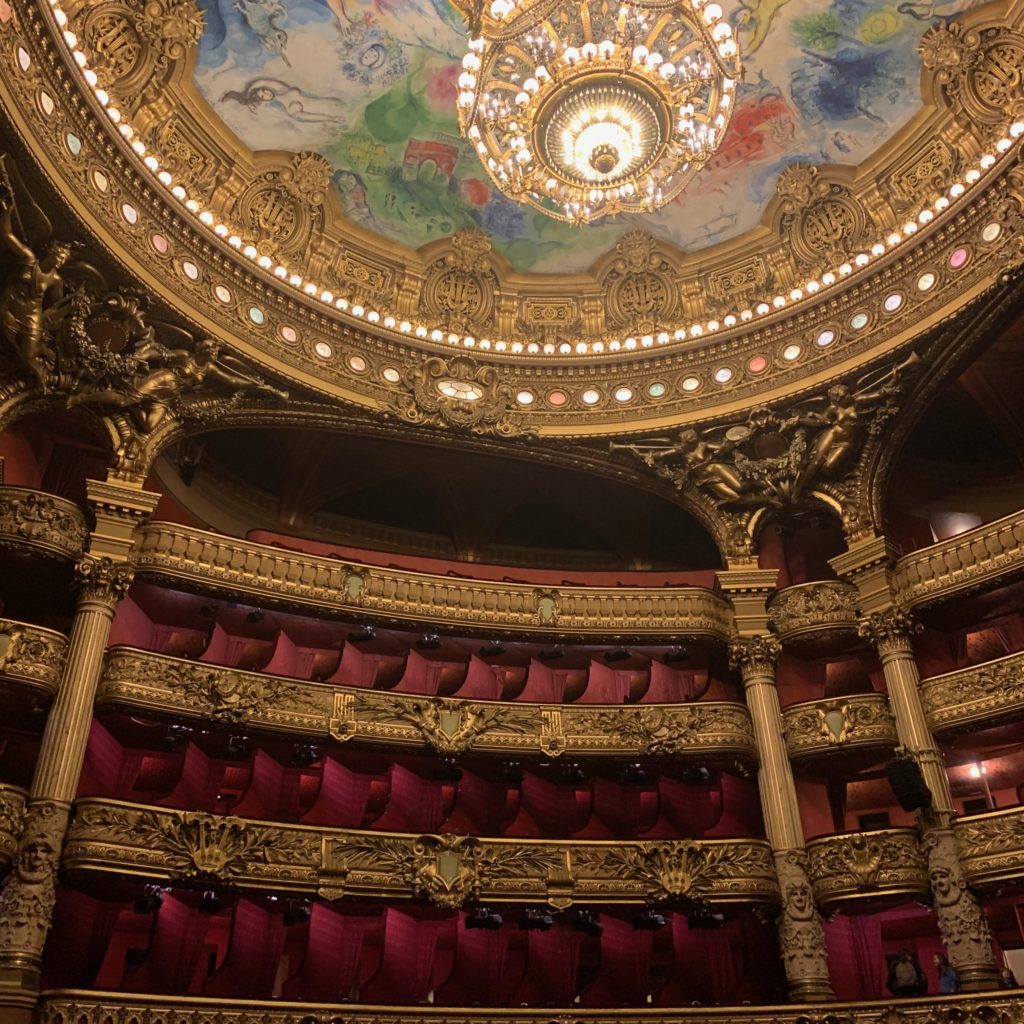
He tries to convince her that Albrecht cannot be trusted. Hilarion, a gamekeeper, is also in love with Giselle. He has fallen in love with the shy and beautiful village girl, Giselle. Duke Albrecht of Silesia, a young nobleman disguised as a peasant, is sowing his last wild oats before his upcoming marriage to the princess Bathilde. The ballet opens on an autumnal day in the Rhineland during the Middle Ages. The plot changed slightly in details as the years passed. The following plot summary is that of the first performances in Paris with Grisi in the title role. She became the first to dance the role, and was the only ballerina to dance the role at the Opèra for many years. The role of Giselle was intended for the Italian ballerina Carlotta Grisi as her debut piece for the Paris public. The prolific opera and ballet composer Adolphe Adam composed the music Jean Coralli and Jules Perrot designed the choreography.

Librettists Jules-Henri Vernoy de Saint-Georges and Théophile Gautier took their inspiration for the plot from a prose passage about the Wilis in De l'Allemagne by Heinrich Heine, and from a poem called "Fantômes" in Les Orientales by Victor Hugo.


They target her lover for death, but Giselle's great love frees him from their grasp. The Wilis, a group of supernatural women who dance men to death, summon Giselle from her grave. The ballet is about a peasant girl named Giselle who dies of heart failure after discovering her lover is betrothed to another. It was staged at once across Europe, Russia, and the United States. Giselle, or The Wilis (French: Giselle, ou Les Wilis) is a romantic ballet in two acts that was first performed by the Ballet du Théâtre de l'Académie Royale de Musique at the Salle Le Peletier in Paris, France, on Sunday 28 June 1841.


 0 kommentar(er)
0 kommentar(er)
